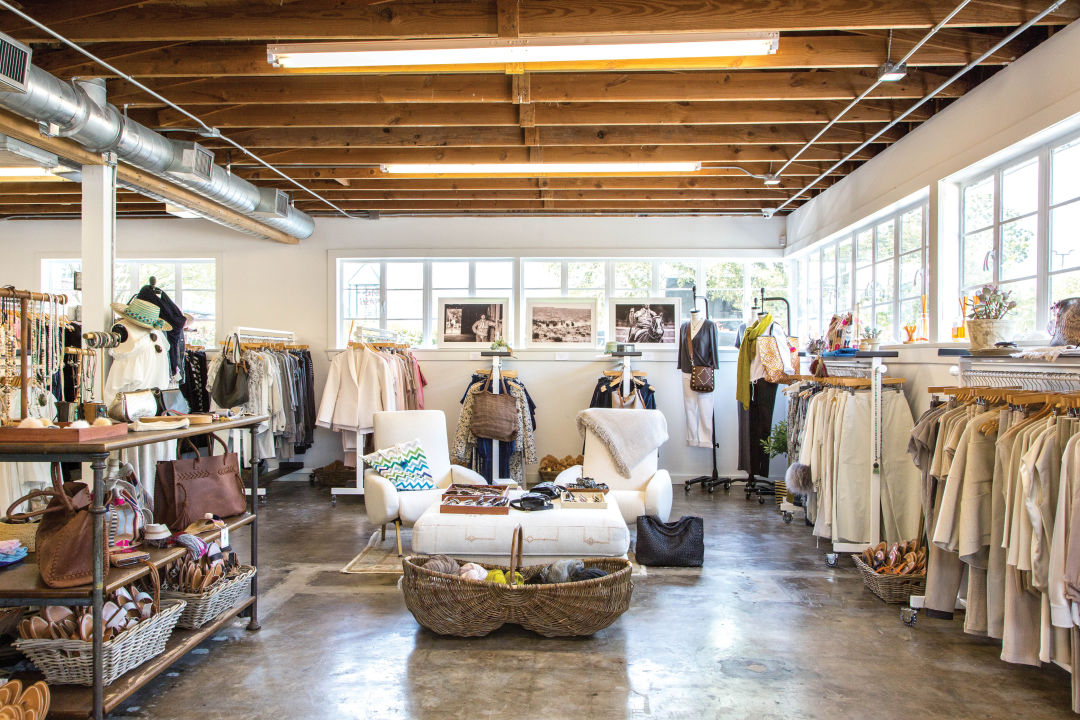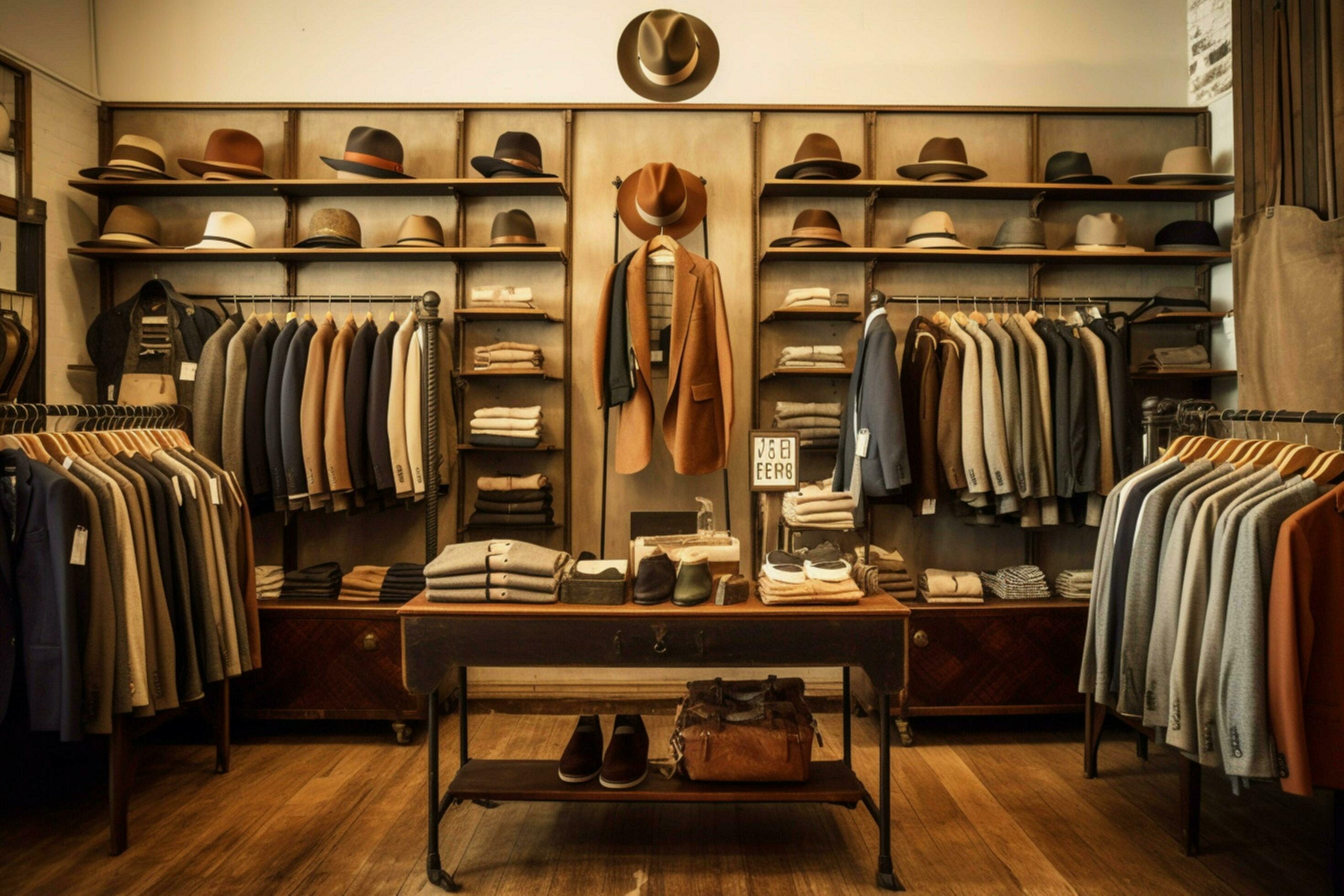The Effect of Social Media on Today's Boutique Fashion Trends
The Effect of Social Media on Today's Boutique Fashion Trends
Blog Article
Lasting Fashion: Exactly How Eco-Friendly Garments Is Shaping the Future of Design
As the fashion market deals with raising scrutiny over its environmental effect, the rise of sustainable fashion provides an encouraging choice that straightens style with ecological obligation. boutique fashion. Exactly how does this movement absolutely influence the future trajectory of style, and what obstacles lie in advance in its extensive fostering?
Cutting-edge Lasting Products
As the style market grapples with its ecological impact, cutting-edge lasting products have arised as an important solution for decreasing environmental impacts. These products not only reduce reliance on fossil gas yet additionally minimize dangerous pesticide usage and water consumption.
In enhancement to plant-based materials, innovations in biofabrication have resulted in the development of lab-grown fabrics. Mycelium natural leather, derived from mushroom roots, provides a flexible and biodegradable alternative to animal leather. Its manufacturing results in considerably lower carbon exhausts and water use, making it a more sustainable alternative for designer seeking to line up with green practices.
Recycled products are likewise obtaining grip, with polyester made from recycled plastic containers representing a significant advancement. This development not just diverts plastic waste from oceans and land fills but also reduces energy usage compared to generating virgin polyester. With each other, these materials underscore the possibility for a much more sustainable garment industry, paving the way for eco mindful design and manufacturing.
Eco-Conscious Production
Building on the innovations in sustainable products, the fashion market is additionally re-evaluating its manufacturing procedures to further minimize ecological effect. Trick techniques consist of reducing water intake, decreasing carbon exhausts, and getting rid of hazardous chemicals.
One more vital aspect is the decrease of hazardous chemicals traditionally made use of in dyeing and finishing fabrics. Eco-conscious producers are changing towards plant-based dyes and waterless dyeing technologies, which not only protect regional communities but also boost worker safety. Developments like electronic printing minimize material waste and energy intake, supplying a cleaner alternative to typical methods.
With the advancement of blockchain innovation, firms can now supply comprehensive understandings into their supply chains, guaranteeing honest and eco pleasant practices at each step. As the need for eco-conscious items expands, suppliers are obliged to innovate, making certain that the future of style is both lasting and stylish.
The Surge of Upcycling
Upcycling, a transformative method in sustainable fashion, includes creatively repurposing disposed of products into brand-new, premium products. This ingenious method not only reduces waste but likewise diminishes the need for resources, therefore decreasing the ecological impact of clothes production. By reimagining and rebuilding existing products, developers and style brand names have the ability to infuse creativity right into their collections while advertising ecological duty.

Furthermore, the upcycling movement has encouraged independent designers and little companies, that frequently lead in innovation due to their dexterity and creative thinking. By taking advantage of the bountiful availability of unused products, these entities add to a circular economy, showing that style can be both elegant and lasting. Via upcycling, the sector takes considerable strides in the direction of a more liable and conscious future.
Thrift Culture's Impact
The expanding second hand culture considerably reshapes the landscape of sustainable fashion, stressing the significance of conscious consumption. This cultural shift urges customers to embrace used clothing, thereby minimizing the demand for new garment production and reducing environmental influence. Thrift purchasing not just prolongs the lifecycle of clothing however likewise decreases the carbon footprint related to production, moving, and getting rid of garments.
A key element of thrift culture more tips here is its democratization of style. By offering a large array of styles from numerous periods at cost effective prices, second hand shops make style easily accessible to a more comprehensive target market. This availability cultivates a feeling of uniqueness and creativity, as customers mix and match unique items to curate individualized closets without adding to the quick style cycle.
In addition, second hand culture advertises circularity in vogue, straightening with the principles of a circular economic climate. By recirculating garments, the cycle of waste is disrupted, and resources are preserved. This practice supports a change from a straight "take-make-dispose" version to a much more lasting framework. As even more consumers and designers accept second hand culture, the style industry is obliged to adapt, incorporating lasting techniques to satisfy the growing need for eco-conscious options.

Future Trends in vogue
Fashion's development is significantly shaped by technological developments and sustainability-driven campaigns. One prominent fad is the increase of electronic fashion, where online garments can be worn in increased reality atmospheres, dramatically decreasing material waste.
Moreover, the integration of blockchain innovation provides brand-new possibilities in openness and traceability, enabling consumers to verify the sustainability credentials of their clothing. boutique fashion. This guarantees liability in supply chains and advertises moral sourcing techniques. 3D printing is yet another innovation that promises to change making procedures by making it possible for on-demand manufacturing, therefore lowering excess supply and waste
As these modern technologies grow, they are poised to transform the fashion landscape, merging design with sustainability. The click site future of fashion, as a result, exists in a smooth mix of modern technology, innovation, and ecological obligation.
Final Thought
The makeover of the fashion business via lasting methods suggests an essential shift in the direction of ecological responsibility. The assimilation of innovative products, eco-conscious production strategies, and the embracement of upcycling and second hand culture highlights a dedication to reducing eco-friendly impacts. As these methods obtain momentum, they redefine the sector's story by prioritizing ethical and lasting selections. This advancement not only aligns fashion with environmental sustainability however additionally sets a criterion for future patterns concentrated on obligation and development.
As the fashion market encounters enhancing analysis over its environmental effect, the increase of lasting fashion uses a promising choice that lines up style with eco-friendly obligation.As the fashion industry grapples with its ecological influence, ingenious sustainable materials have emerged as a vital remedy for minimizing ecological footprints. With each other, these products highlight the possibility for an extra sustainable fashion industry, leading the way for eco conscious style and production.
Building on the developments in lasting materials, the fashion sector is additionally re-evaluating its production processes to further minimize environmental influence. boutique fashion.Upcycling, a transformative practice in lasting style, involves creatively repurposing thrown out materials into new, high-grade products
Report this page